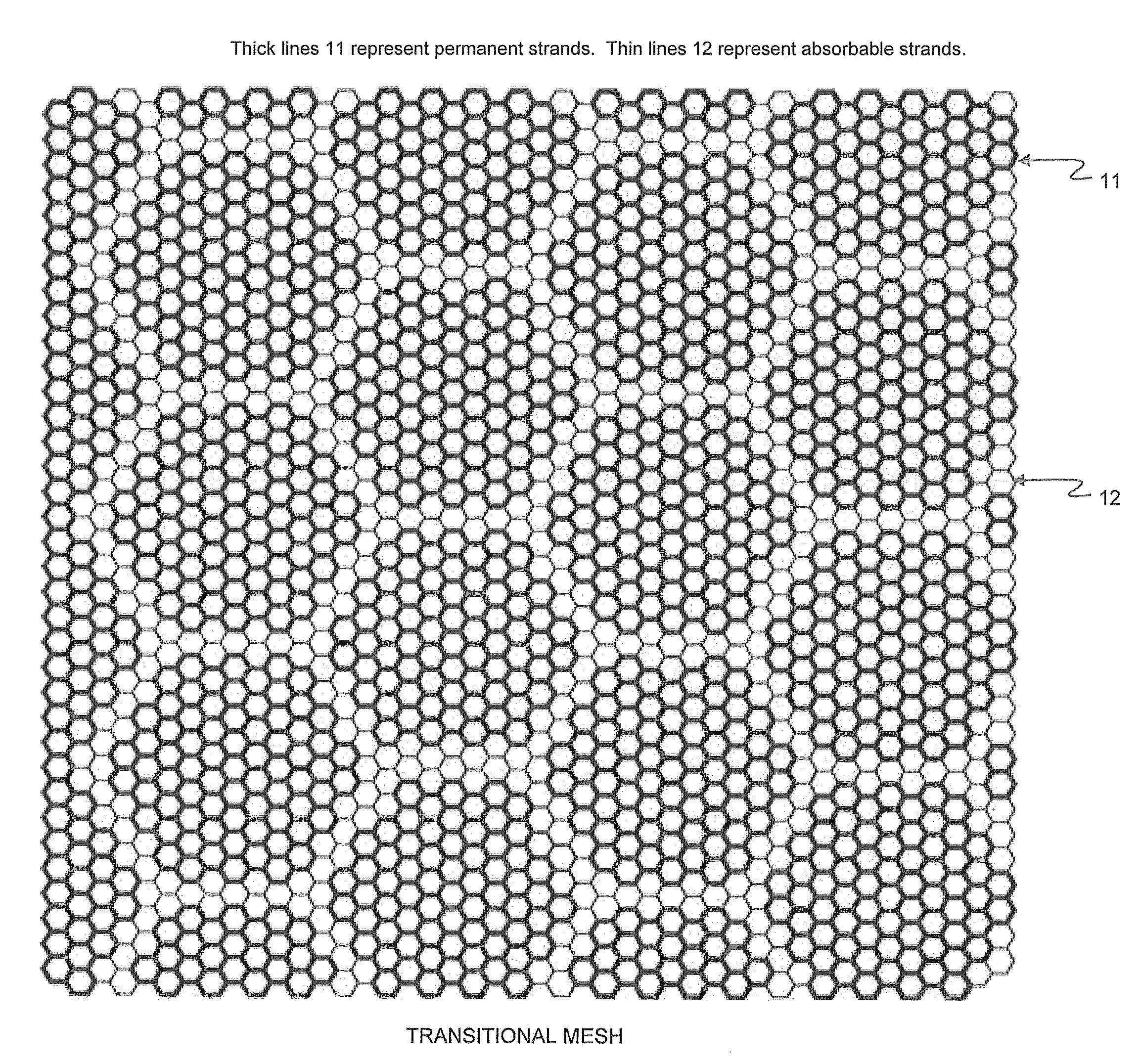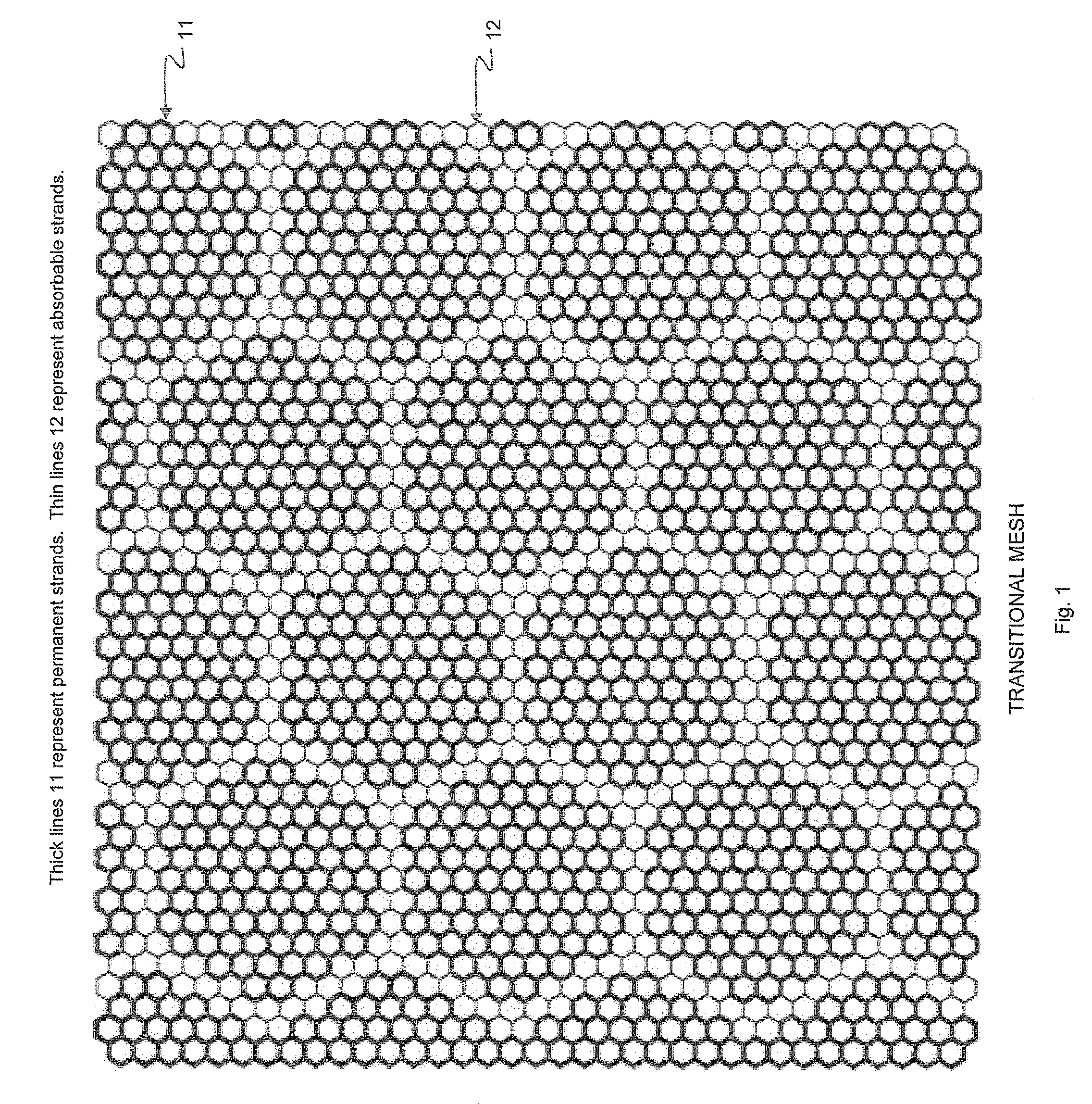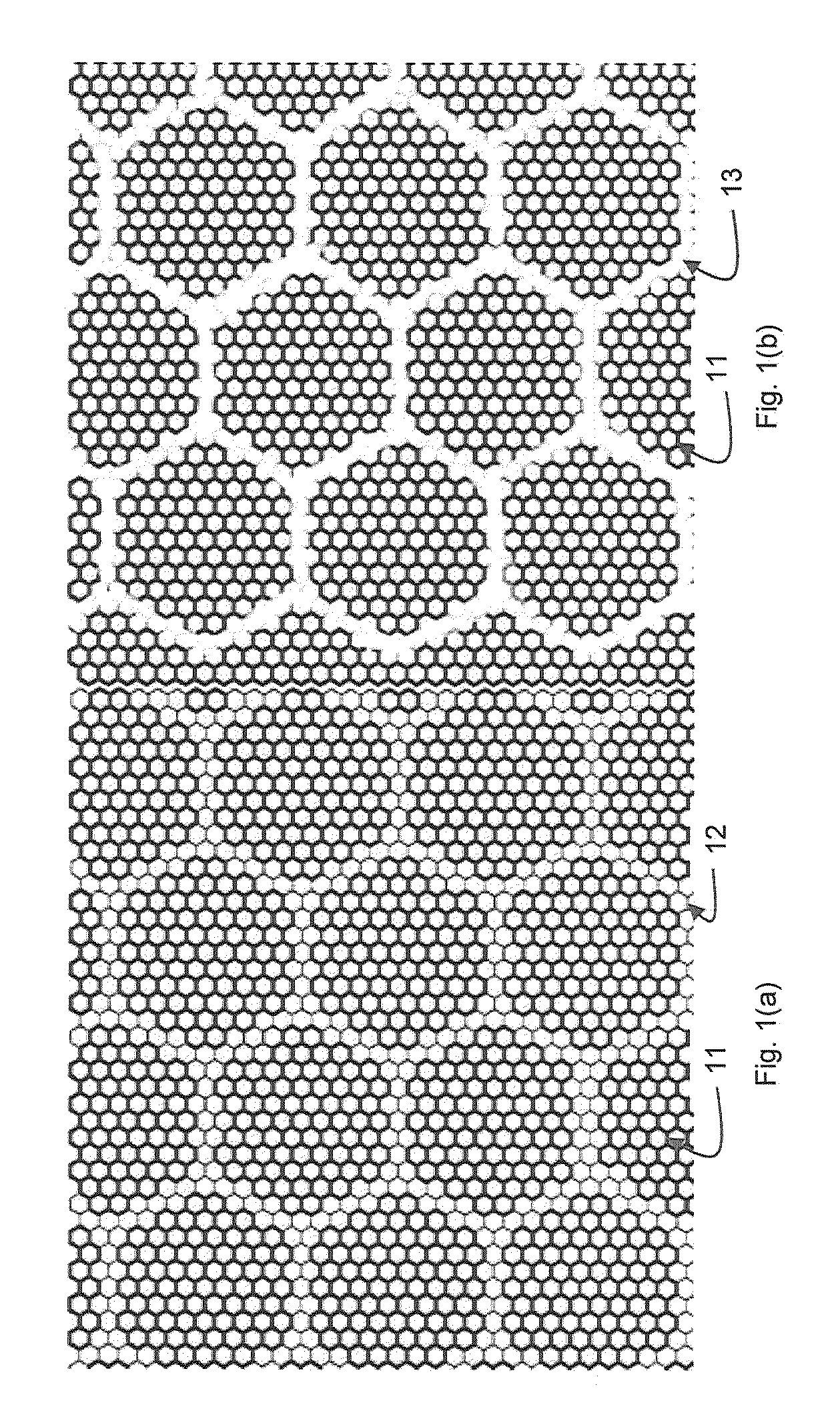Supporting and Forming Transitional Material for Use in Supporting Prosthesis Devices, Implants and to Provide Structure in a Human Body
a transitional material and breast implant technology, applied in the field of forming and supporting materials, can solve the problems of spherical scar contracture, hardness around the implant, and increase the risk of rippling, so as to prevent rippling or minimize the effect of occurring, and encourage in-growth
- Summary
- Abstract
- Description
- Claims
- Application Information
AI Technical Summary
Benefits of technology
Problems solved by technology
Method used
Image
Examples
Embodiment Construction
[0034]The innovation is now described with reference to the drawings, wherein like reference numerals are used to refer to like elements throughout. In the following description, for purposes of explanation, numerous specific details are set forth in order to provide a thorough understanding thereof. It may be evident, however, that the innovation can be practiced without these specific details. In other instances, well-known structures and devices are shown in block diagram form in order to facilitate a description thereof.
[0035]The present invention overcomes the disadvantages of the prior art by incorporating a segmented mesh material that provides the needed initial support when a breast implant is being inserted or reconstructive surgery is being performed, yet prevents capsule constriction from occurring by forming a substratum for tissue in-growth which is elastic and allows natural movement.
[0036]The present invention in a preferred embodiment FIG. 1 shows a segmented fabric...
PUM
 Login to View More
Login to View More Abstract
Description
Claims
Application Information
 Login to View More
Login to View More - R&D
- Intellectual Property
- Life Sciences
- Materials
- Tech Scout
- Unparalleled Data Quality
- Higher Quality Content
- 60% Fewer Hallucinations
Browse by: Latest US Patents, China's latest patents, Technical Efficacy Thesaurus, Application Domain, Technology Topic, Popular Technical Reports.
© 2025 PatSnap. All rights reserved.Legal|Privacy policy|Modern Slavery Act Transparency Statement|Sitemap|About US| Contact US: help@patsnap.com



